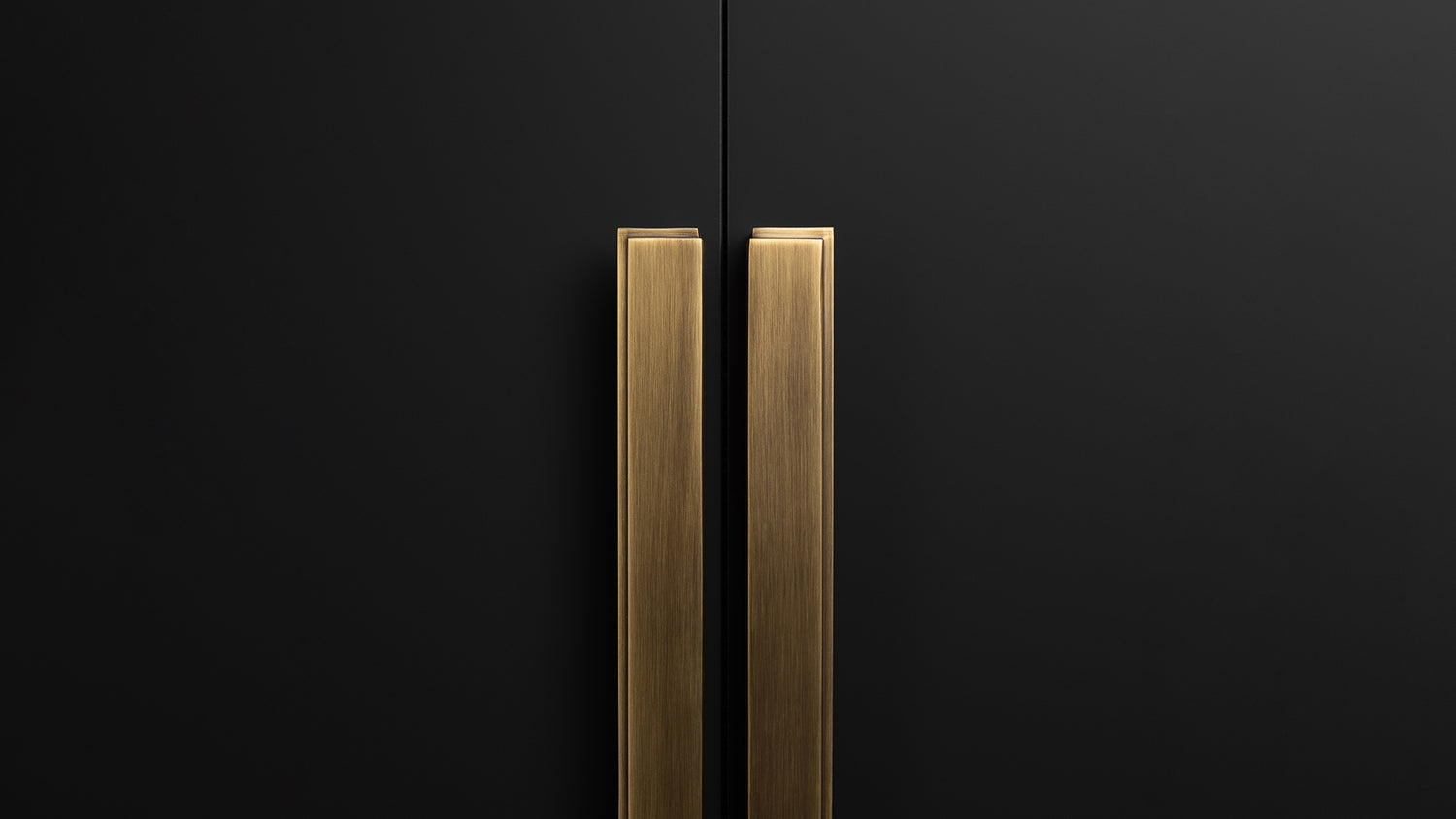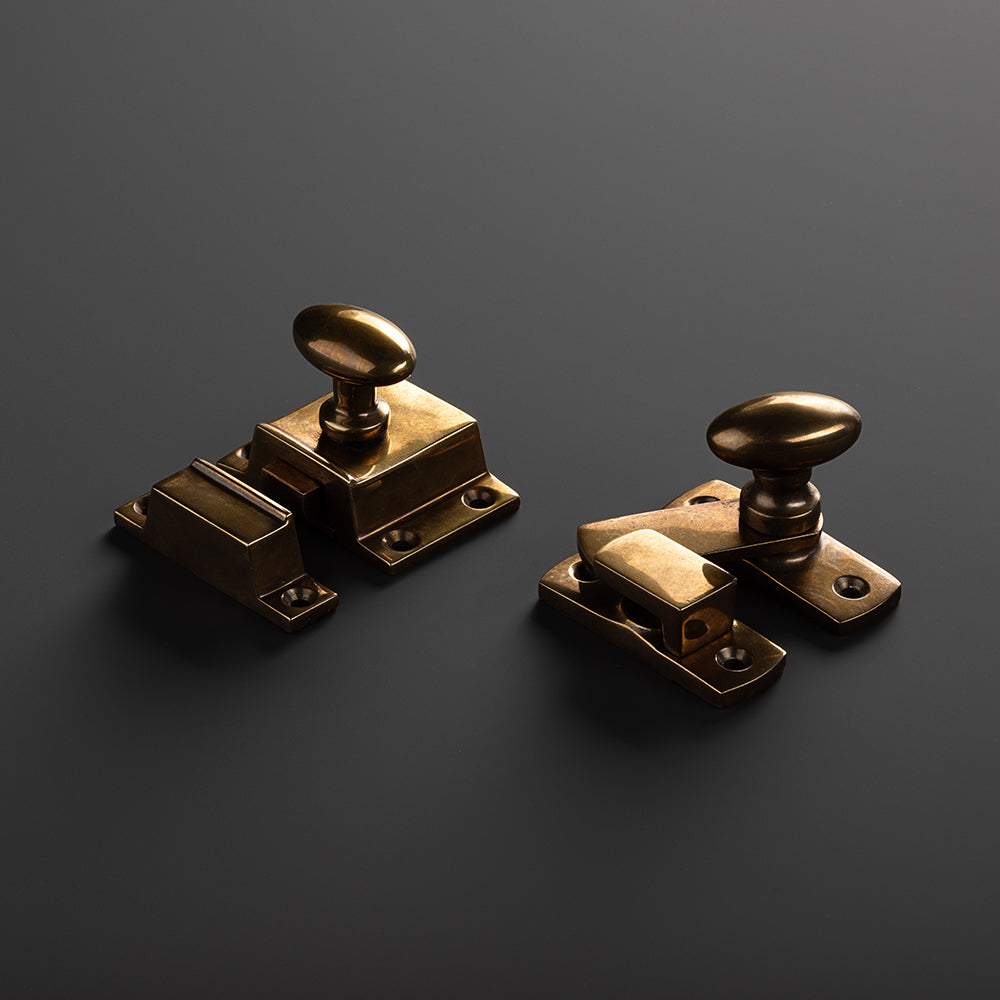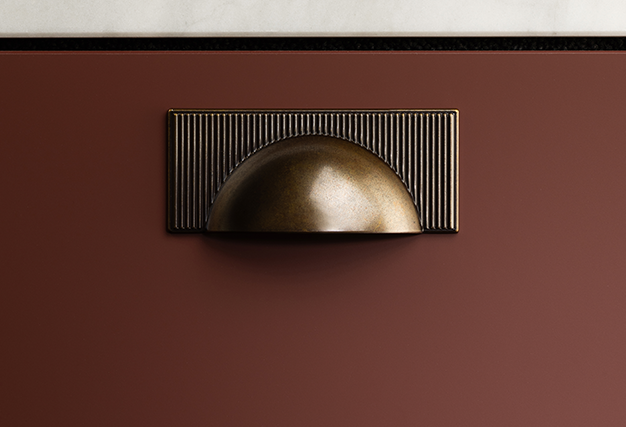TRADITIONAL OR TRANSITIONAL HARDWARE: WHAT IS THE DIFFERENCE?
Traditional and transitional design styles have a similar core design statement.This means there can be some confusion as to the difference between them.Many of our collections can be used interchangeably in both traditional and transitional spaces. However, understanding the nuances between them can help you choose the perfect style for your home. Whether you prefer the timeless elegance of traditional design, or the blend of modern and classic elements found in transitional design, each has its own unique charm and appeal.
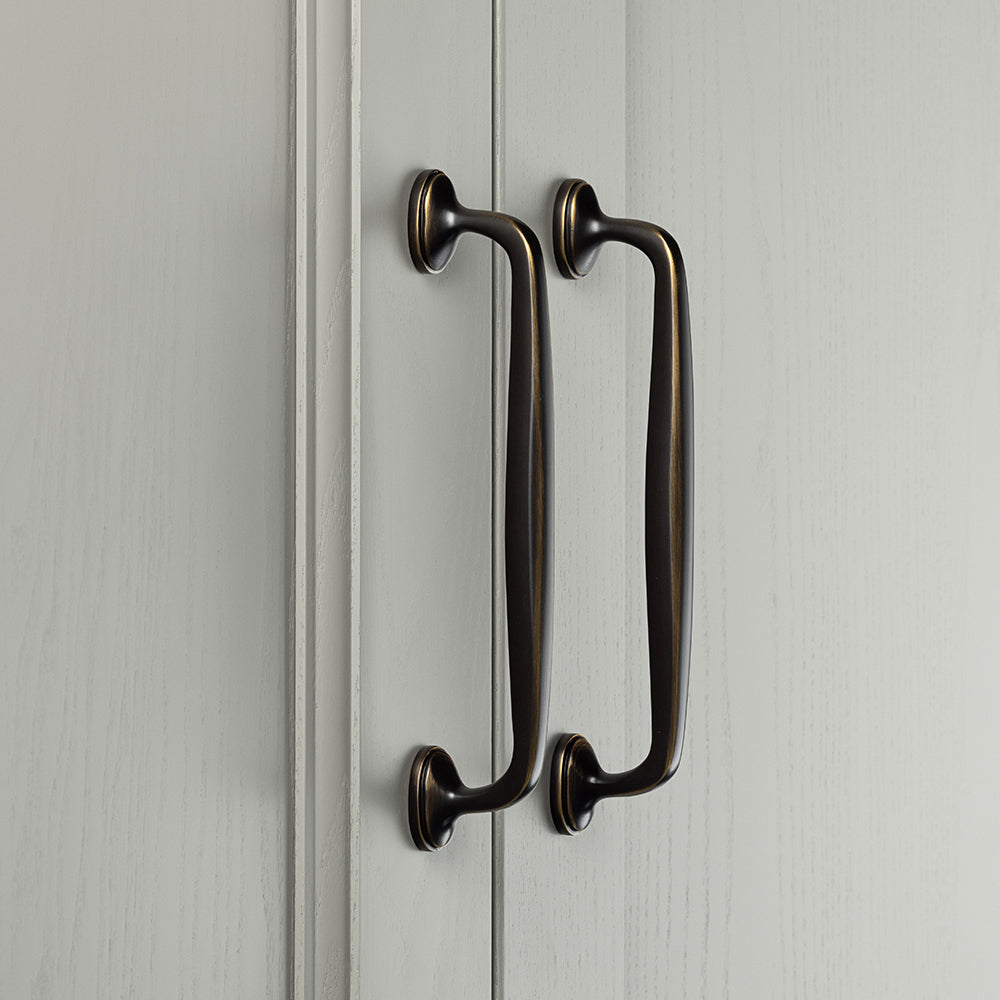
Traditional Hardware: Timeless Elegance and Classic Designs
Traditional interior styling has a rich history spanning centuries and whilst it’s roots date back to the 18th & 19th centuries, it is not exclusive to that period. Drawing inspiration from historical periods such as the Victorian, Georgian, and Colonial eras, here are some key characteristics of traditional hardware:
- Ornate Details: In general, traditional hardware often features intricate details, such as floral motifs, scrollwork, and beaded edges. In terms of cabinet hardware, the Finsbury Collection features a detailed linear bar, finial ends and fluted posts. It is these more elaborate design details that perfectly suit traditional interiors.
- Rich Finishes: Brass, bronze, and other metal finishes are commonly used in traditional hardware, adding warmth and depth to the overall design. Antique or aged finishes are also popular choices for achieving a vintage look.
- Classic Shapes: Traditional hardware tends to favor classic shapes and forms, such as round knobs and cup handles. The Callcott and Greenwich Collections both embody this element of timeless design and complement traditional cabinetry and furniture styles.
- Vintage Appeal: Traditional hardware pieces often evoke a sense of nostalgia and heritage, making them ideal for historic homes or if you are seeking to add a touch of vintage flair to your interiors.
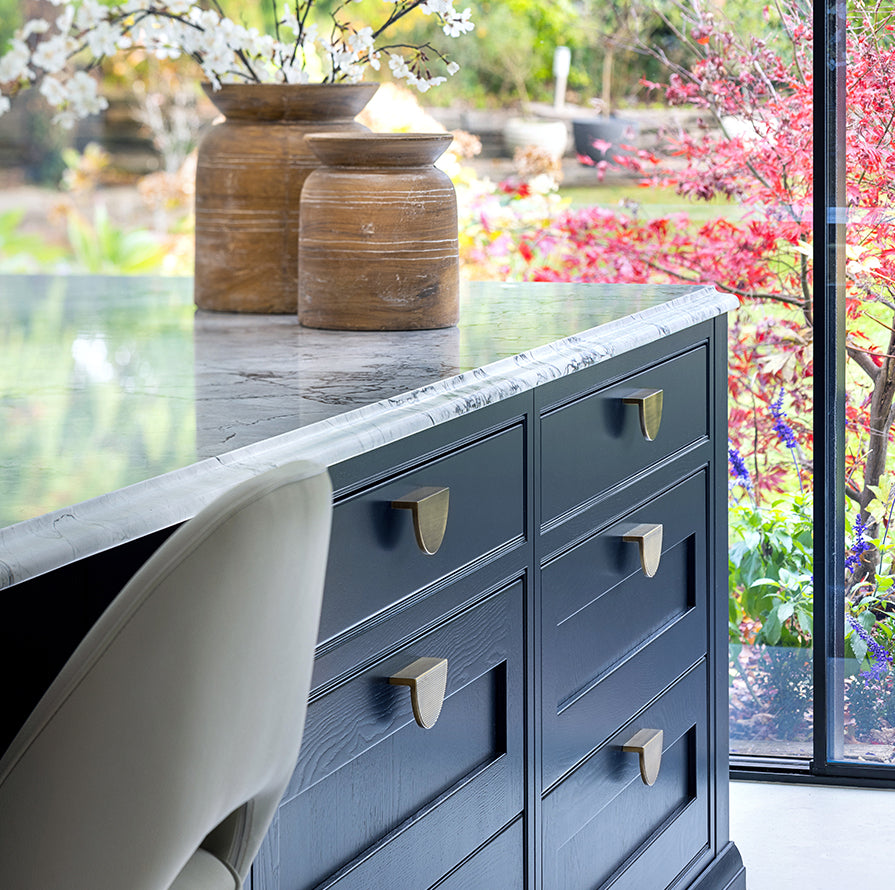
Transitional Hardware: Blending Classic and Contemporary Elements
Transitional hardware offers a more modern take on classic design, combining traditional elegance with contemporary simplicity. Here are some key features of transitional hardware:
- Clean Lines: Transitional hardware tends to feature clean lines and minimalist designs, with less emphasis on ornate detailing. The Liberty Collection has an incredibly sleek and understated aesthetic, bridging the gap between traditional and modern styling.
- Versatile Finishes: Unlike more traditional interiors, transitional spaces can suit hardware finishes that are more versatile and complement a wide range of decor styles and color palettes.
- Added texture: Transitional hardware often incorporates an added element of texture, whether that be through the design or materials used. In many of our transitional collections we have incorporated texture for example, the Barrington Collection, to give a more modern take on detailing that is not ornate detailing like that used in traditional collections.
- Updated Classics: While transitional hardware retains elements of classic design, it often reinterprets traditional shapes and forms in a more contemporary way. This fresh approach appeals to those who appreciate timeless elegance with a modern twist. For example, the Otto Cup Handle is a more modern take on the traditional cup handle shape.
When selecting hardware for your home, consider the overall style and aesthetic you want to achieve, as well as the architectural features of your space. If you prefer a timeless look with intricate details and vintage appeal, traditional hardware may be the perfect choice for you. On the other hand, if you gravitate towards clean lines and a more modern sensibility, transitional hardware might better suit your tastes.
Whether you choose traditional or transitional hardware, the key is to select pieces that complement your decor and enhance the overall look of your furniture or space. By understanding the differences between these two styles, you can confidently select your hardware.
For more interior design inspiration and how our community has styled their cabinet hardware, follow us on Instagram.
